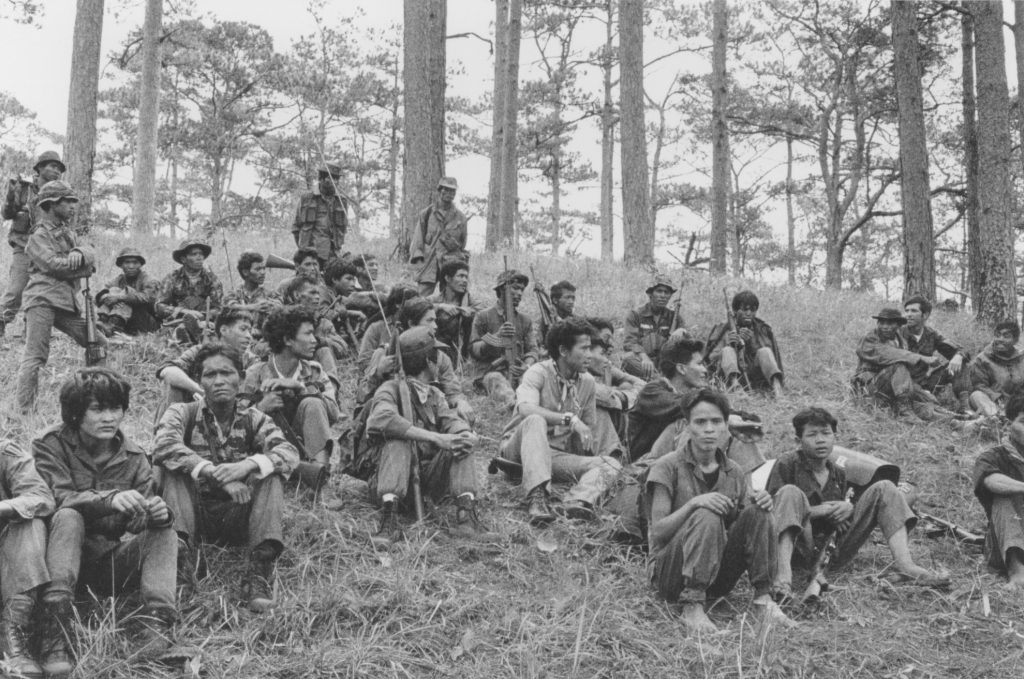
[TDY is a new novel by Douglas Valentine, author of the nonfiction bestsellers The CIA as Organized Crime: How Illegal Operations Corrupt America and the World, Operation Phoenix: America’s Use of Terror in Vietnam, and five other books. As many know also, TDY stands for “temporary duty yonder,” as in military-related temporary travel or other assignments at locations other than the traveler’s permanent duty station.
Based on real-world accounts, TDY is an action-adventure story told by Pete, a young Air Force photojournalist. In early 1967, Pete is fooled into volunteering for a secret and perilous mission into Southeast Asia. During the mission he learns the true meaning of good and evil, while nearly losing his life in the process.
TDY, reviewed here by Bill Tremblay, provides insight into, among other things, the pervasive secrecy surrounding missions and how the “need-to-know” protocol keeps actors in the dark. Lew Millet, who ran the Phoenix program in II Corps for a year, had a deputy—a lieutenant commander named Connie O’Shea—who sent the on-patrol photos to Valentine.—Editors]
Early on in this “based-on-a-true-story” book, Pete, the central character and narrator, makes clear that something ominous lies ahead when he says wistfully:
“I wish I could tell you more about Rusty, José, and Taurus. I wish I could fully develop their characters and entertain and enlighten you with snippets of our repartee. But we never had any clever conversations, and after our initial introduction we stood there looking at each other, not knowing what to say … In fact, just as Taurus and José started unpacking … the guards came by and told Rusty and me to return to our room and wait for further instructions.”
This is just the first of a series of surprises that Pete experiences as he travels further into what he had thought was an ordinary 30-day temporary duty assignment—a surprise which brings up the old military truism that one should never volunteer.
By the time Pete and the photo-techs and their protective security team approach the C-130 that will fly them to their own heart of darkness, surprise becomes shock as they enter a plane whose windows have all been painted black.
Those of you who have read works by Doug Valentine such as The Hotel Tacloban will recognize a key theme that appears in TDY as well: secrecy. It has often been observed that secrecy and democracy do not mix.
True democracy requires transparency; But when an organization like the Central Intelligence Agency comes into being, it unleashes an anti-democratic element into the inner workings of the nation.
What is intriguing in reading TDY is that, though these four enlisted men are required to refrain from any fraternization, they manage to become more fully self-aware and connected—including the manner of their deaths during a secret mission in the spring of 1967 when the wars in Southeast Asia are escalating to their horrible climax. How the men conduct themselves during the mission, in effect, helps them reveal and uncover who they really are—though for all but a few, this is a prelude to their end.

The elements of this book fit together like the layers of an onion, each one surrounding and making opaque the layers beneath.
It’s like a detective story, a Vietnam War version of Chinatown with its twists and turns, all of which are part of protecting the secrecy of the mission while leaving the American public in the dark.
Four otherwise rather unremarkable guys are brought together in the jungles of Indochina for a secret mission that includes use of “state of the art” photographic and sound-recording equipment. At first, it appears they will be flown to the Philippines for a Photo/Recon mission, but that’s only one part of the mystery. The Security Team that makes certain that the Recon Team never gets to know one another constitutes a kind of flak jacket; it protects the technicians from dangers that are unknown and keeps them deceptively at ease before they are instructed to lay an ambush for North Vietnamese Army (NVA) regulars and complete the rest of their dangerous task.
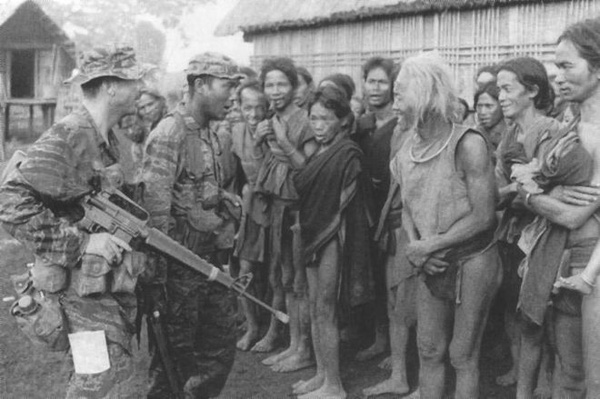
In spite of the psychological manipulation, the overall mission leader, a man known only as “the Major,” stands out as an extraordinary character. He has all the leadership qualities and skills needed to organize this incursion in an undisclosed area of Southeast Asia where the recon technicians will photograph and sound-record an event planned and orchestrated by the MACV (Military Assistance Command—Vietnam) pitting one element of the U.S. national defense establishment against another. To carry out the mission, the Major recruits Montagnard tribesmen through a blood ritual. He also guides a security team armed with enough firepower to take down an entire company through dense jungle to a mountain plateau fifteen kilometers away. The plateau is both a poppy plantation and an airfield for the surreptitious cargos of an Air America C-123.
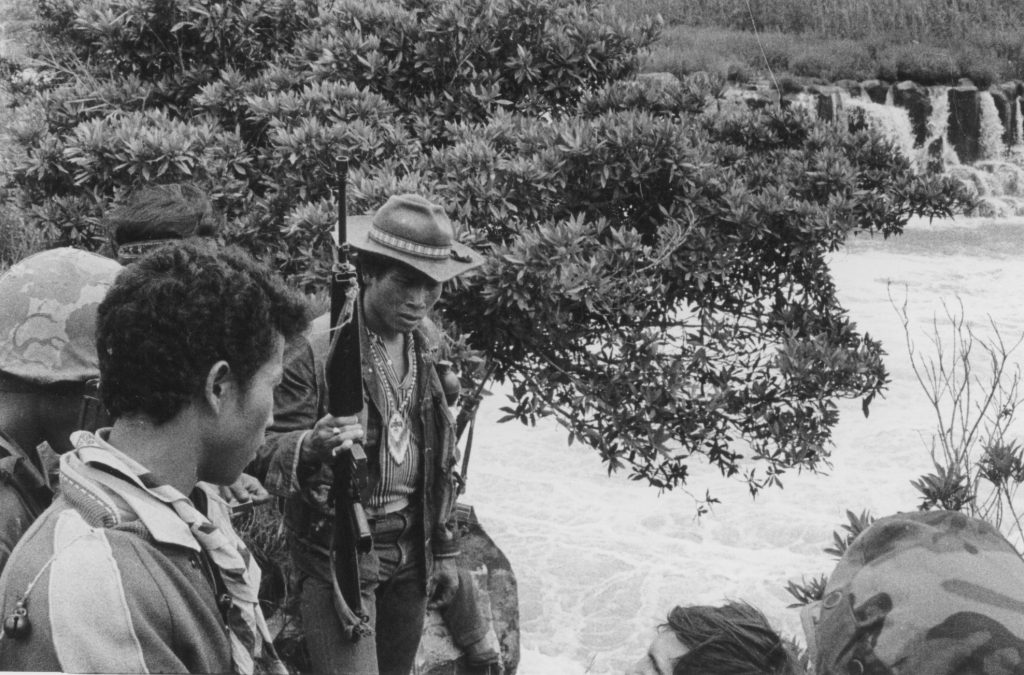
It is not this reviewer’s job to offer spoilers on the intricacies of what happens during this secret mission. But it is possible to suggest the significance of the whole structure of the narrative. There is a parallel to be found in Charles Baxter’s 1997 study, Burning Down the House: Essays in Fiction, which makes the claim that Richard Nixon’s memoirs are the most important influence on contemporary American fiction because of (1) Nixon’s inability to take responsibility for his crimes, (2) his insistence on the absolute “deniability” of his actions, and (3) his blustering attempts to place the blame for Watergate on others. If the traditional function of the novel has been to reveal or suggest meanings, then what happens to the novel when the characters are toxic narcissists? It’s not that there is no motive to unravel; rather, there is only one, a hollow self-aggrandizement. The raison d’être for the nation becomes the political rehabilitation and survival of its imperial President.
In Valentine’s story, selfishness and deniability—the essential characteristics of any CIA activity—are mission-critical.
Deniability is the “sinkhole of meaning,” at least in existential terms. The meaning of one’s life can be measured by the choices one makes, and willingness to admit to and make amends for one’s mistakes. In The Hotel Tacloban, Doug Valentine’s father is willing to take responsibility for the choices he made, but the U.S. government takes away his choices and their meanings in order not to endanger peace with Japan after World War II. He is threatened with a life sentence in Leavenworth if he reveals his part in the murder of an officer of the British Army in a prisoner-of-war camp in the Philippines.
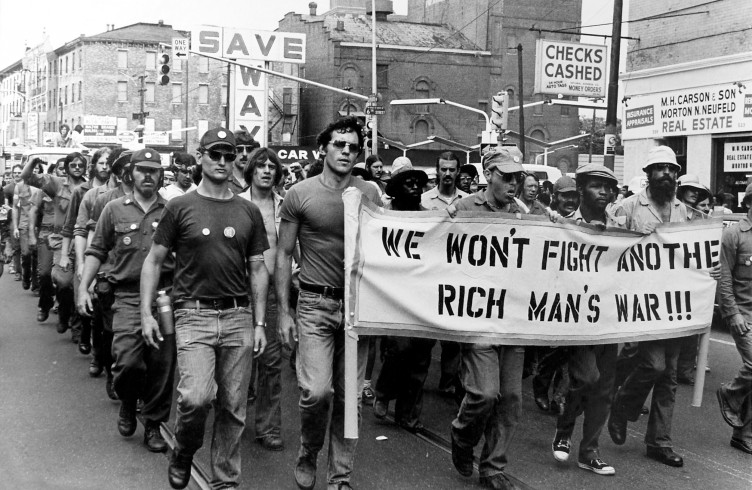
The military record of Doug’s father was erased and replaced by a sanitized version; the same happens to “Pete.” He is threatened with assassination to keep the secret of the CIA’s involvement in illegal missions and in the drug trade in Southeast Asia—drugs that make their way back to the streets of cities in the United States.
The people of the United States are not trusted with knowing the truth about what the agencies, entrusted to protect the people, feel they must do to fulfill their goals.
Meanwhile, the whole basis of the United States as envisioned by the revolutionaries who founded the country—that policies should be based on clear, accurate information and that there be reasonable, measured evaluations of the challenges that face the nation—gets replaced by rumor, innuendo, and propaganda that evoke people’s basest fears. Pete is left with nothing but the memories of the deaths of the Major and the U.S. and Montagnard crews and a cryptic excuse that “the Agency has its own way of getting things done.” That is, absent a complete and convincing set of evidence, the U.S. military establishment isn’t going to press charges.
In effect, TDY enacts a very special kind of mission—the robbery not of one’s private property but the potential meaning of life. Life is reduced to the narrow parameters of the secret mission that Pete carries out but then must “forget” so that the mission can be “deniable” in order to protect the organization he agreed to work for. What he is left with, if anything, is some reflections on human perfidy and weakness. For his role in the cover-up, he received a $2,500 bonus as a down payment on a Ford Mustang which Pete imagines as his girl magnet that will fulfill his lust for money and ultimately sex—a bargain for which, as he looks back, was what he risked his life for.
Pete mourns the lives of those of his teammates who did not survive the mission and whose “evidences” were placed in a cardboard box and stored in a warehouse outside of Langley, Virginia. Inside that box may also be Pete’s memories. He may come to realize that the “no fraternization” rule has left him with no painful goodbyes to his team members because he never really knew them. The compensatory hope lies in the reflection that eventually the truth does come out in the form of a cautionary tale: First the fiction, then the reality.

TDY, by Douglas Valentine. Clarity Press: Atlanta, 2020. ISBN: 978-1-949762-20-4. 129 pps. Ppbk.
CovertAction Magazine is made possible by subscriptions, orders and donations from readers like you.
Blow the Whistle on U.S. Imperialism
Click the whistle and donate
When you donate to CovertAction Magazine, you are supporting investigative journalism. Your contributions go directly to supporting the development, production, editing, and dissemination of the Magazine.
CovertAction Magazine does not receive corporate or government sponsorship. Yet, we hold a steadfast commitment to providing compensation for writers, editorial and technical support. Your support helps facilitate this compensation as well as increase the caliber of this work.
Please make a donation by clicking on the donate logo above and enter the amount and your credit or debit card information.
CovertAction Institute, Inc. (CAI) is a 501(c)(3) non-profit organization and your gift is tax-deductible for federal income purposes. CAI’s tax-exempt ID number is 87-2461683.
We sincerely thank you for your support.
Disclaimer: The contents of this article are the sole responsibility of the author(s). CovertAction Institute, Inc. (CAI), including its Board of Directors (BD), Editorial Board (EB), Advisory Board (AB), staff, volunteers and its projects (including CovertAction Magazine) are not responsible for any inaccurate or incorrect statement in this article. This article also does not necessarily represent the views the BD, the EB, the AB, staff, volunteers, or any members of its projects.
Differing viewpoints: CAM publishes articles with differing viewpoints in an effort to nurture vibrant debate and thoughtful critical analysis. Feel free to comment on the articles in the comment section and/or send your letters to the Editors, which we will publish in the Letters column.
Copyrighted Material: This web site may contain copyrighted material the use of which has not always been specifically authorized by the copyright owner. As a not-for-profit charitable organization incorporated in the State of New York, we are making such material available in an effort to advance the understanding of humanity’s problems and hopefully to help find solutions for those problems. We believe this constitutes a ‘fair use’ of any such copyrighted material as provided for in section 107 of the US Copyright Law. You can read more about ‘fair use’ and US Copyright Law at the Legal Information Institute of Cornell Law School.
Republishing: CovertAction Magazine (CAM) grants permission to cross-post CAM articles on not-for-profit community internet sites as long as the source is acknowledged together with a hyperlink to the original CovertAction Magazine article. Also, kindly let us know at info@CovertActionMagazine.com. For publication of CAM articles in print or other forms including commercial internet sites, contact: info@CovertActionMagazine.com.
By using this site, you agree to these terms above.
About the Author
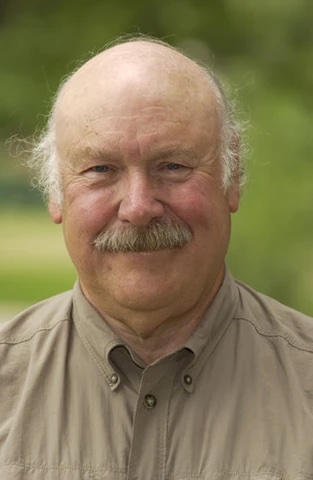
Bill Tremblay is an award-winning poet with nine full-length books spanning from 1971 to the present day. He is also the author of a novel, The June Rise, which is the story of Antoine Janis who married Red Cloud’s sister, First Elk Woman, and who helped the Oglala Sioux to survive the Plains Indian Wars.
As a novelist, editor and reviewer, Tremblay’s work has appeared in eight full-length volumes of poetry including Crying In the Cheap Seats (University of Massachusetts Press), The Anarchist Heart (New Rivers Press), Home Front (Lynx House Press), Second Sun: New & Selected Poems (L’Epervier Press), and Duhamel: Ideas of Order in Little Canada (BOA Editions, Ltd.).
He was Editor-in-Chief of Colorado Review for 15 years, served as a member of the Program Directors Council of the Associated Writing Programs (AWP) and is the recipient of the John F. Stern Distinguished Professor award for his thirty years teaching in and directing the M.F.A. Creative Writing Program at Colorado State University. He also received fellowships from the National Endowment for the Arts, the National Endowment for the Humanities, the Fulbright Commission for a Lectureship in American Literature in Portugal, and the artists’ colony at Yaddo.

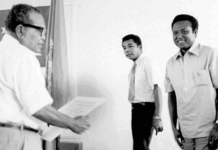
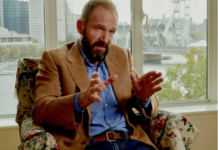


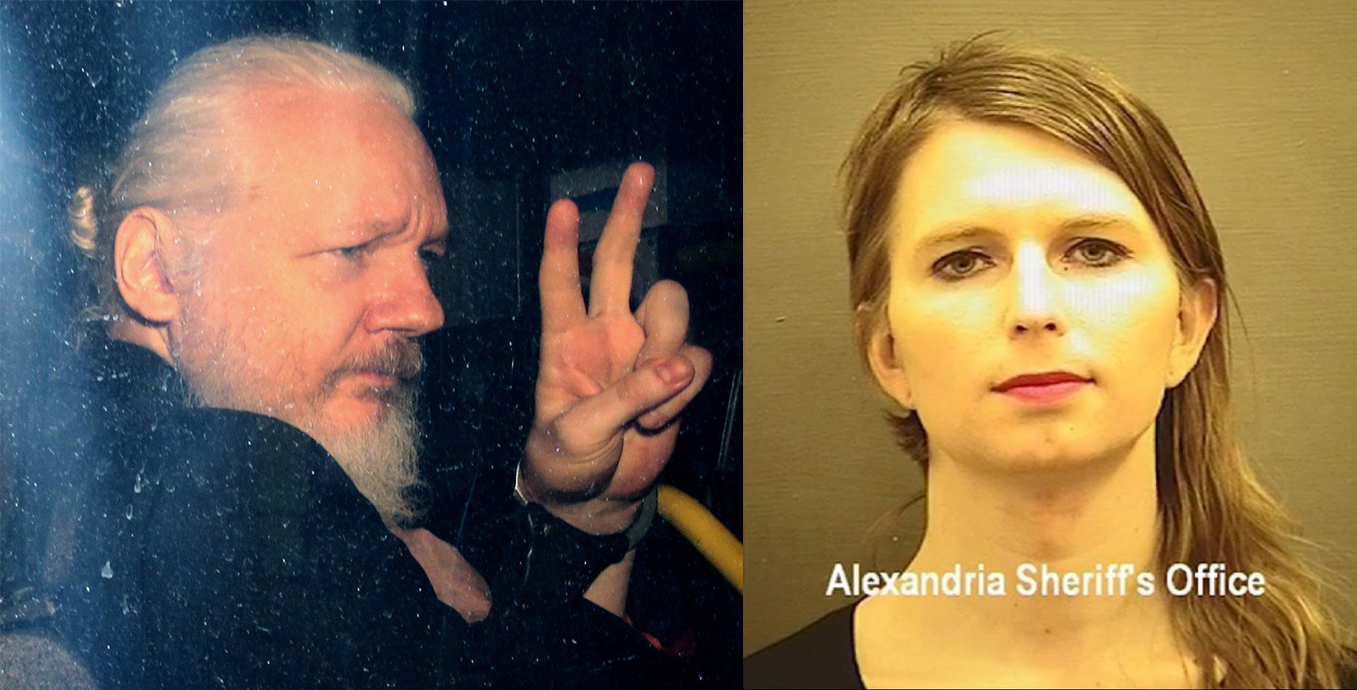

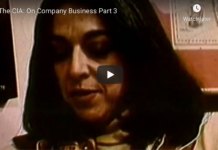
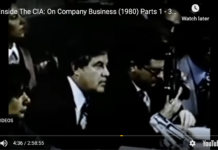


Great book.